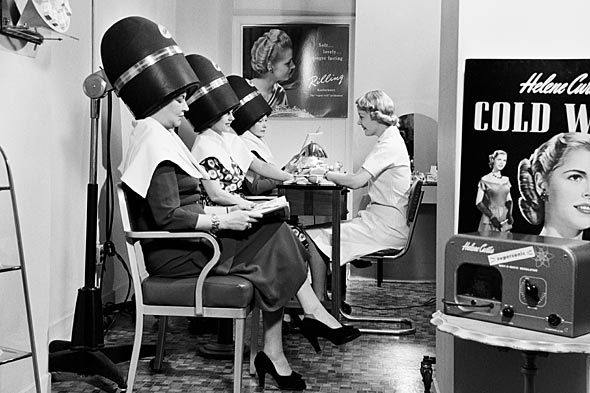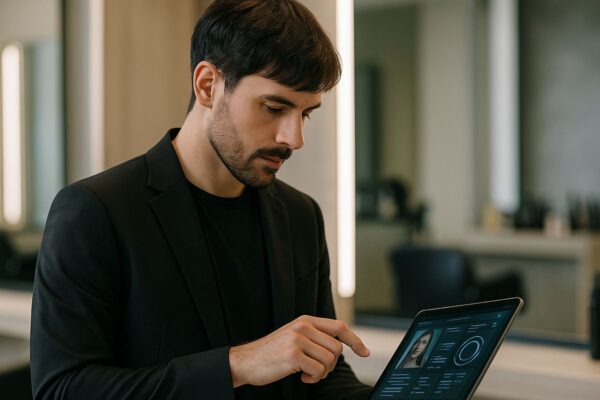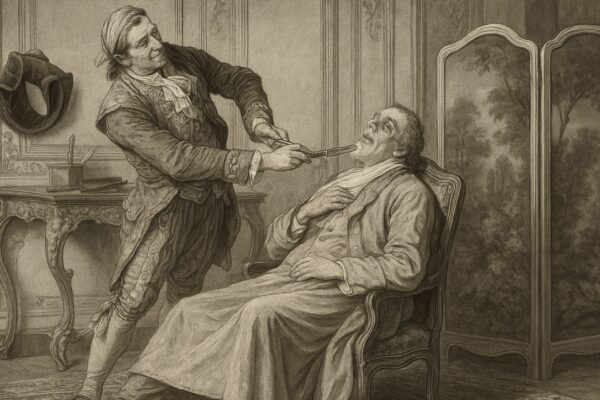When Did We Start Going to the Hairdresser? The Real History of the Modern Salon (2025)

Ancient roots: the Roman “tonsor”
In ancient Rome, hair and beard care was handled by the tonsor.
There was no “salon” as we understand it today: he was a mix between a street craftsman and a trusted barber.
Haircuts were quick, tools were basic, and the service was often more social than aesthetic.
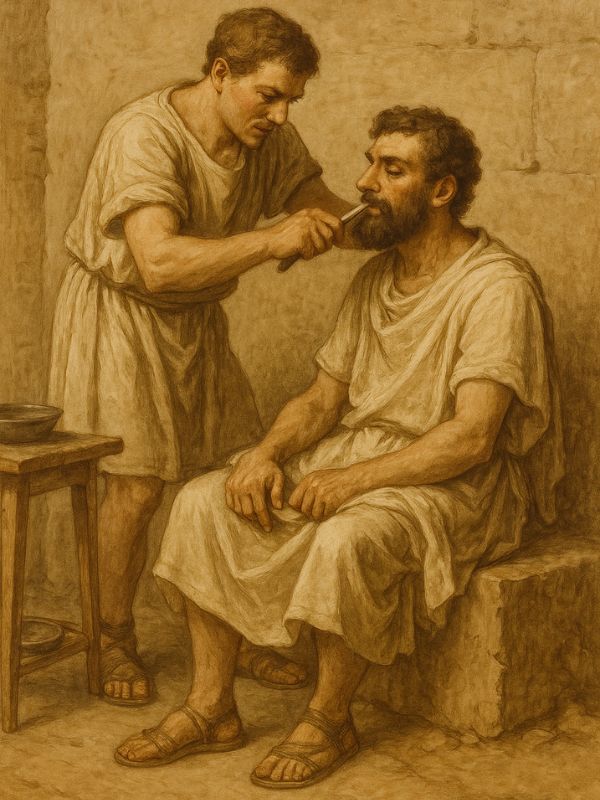
Home-visit hairdressers
For centuries, women didn’t go to a public space to style their hair.
A hairdresser would come to their home, working with simple tools and a lot of manual skill.
The idea of a dedicated place open to the public didn’t exist yet.
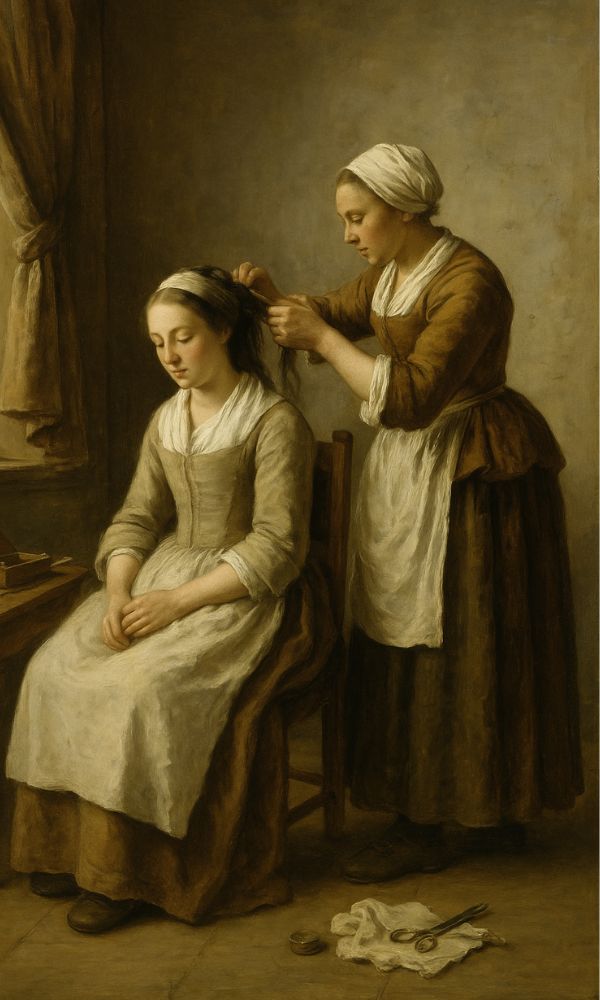
1635: the first public salon is born
The real turning point arrived in Paris.
In 1635, Louis Champagne opened what is considered the first “modern” salon for ladies.
This marked the official birth of the coiffeur: a male professional with a dedicated physical space where clients went specifically for service.
This is also where the concepts of “appointment” and continuous service first appeared.
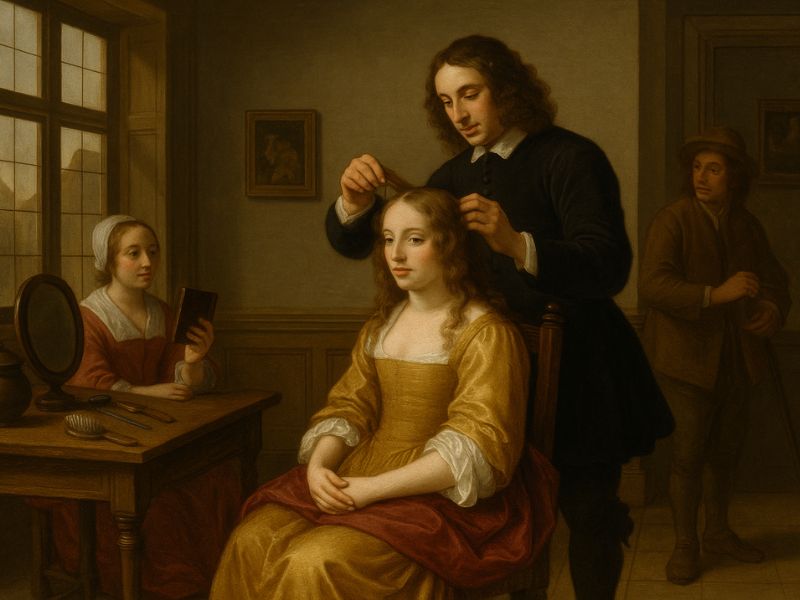
The barber-surgeon (yes, really)
For a long time, barbers were also mini-doctors:
they extracted teeth, performed bloodletting, and treated small wounds.
Their shop was a popular reference point.
By the 1800s, barbers increasingly specialized in beard and hair care, leaving medical procedures to real physicians.

Why people go to the hairdresser today
Today, the salon is:
– aesthetics
– consultation
– relationship
– identity
– experience
Hair communicates. A cut, a color, a blow-dry: they are messages.
This is why the modern hairdresser is not only a technician but also an image consultant.
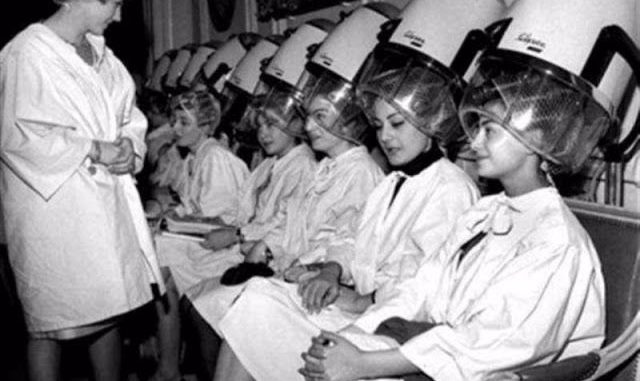
What this history teaches us
The figure of the hairdresser didn’t start as a “hair craftsman” but as a social and symbolic reference point.
And not much has changed: people still enter a salon not just for a service, but to feel better.
